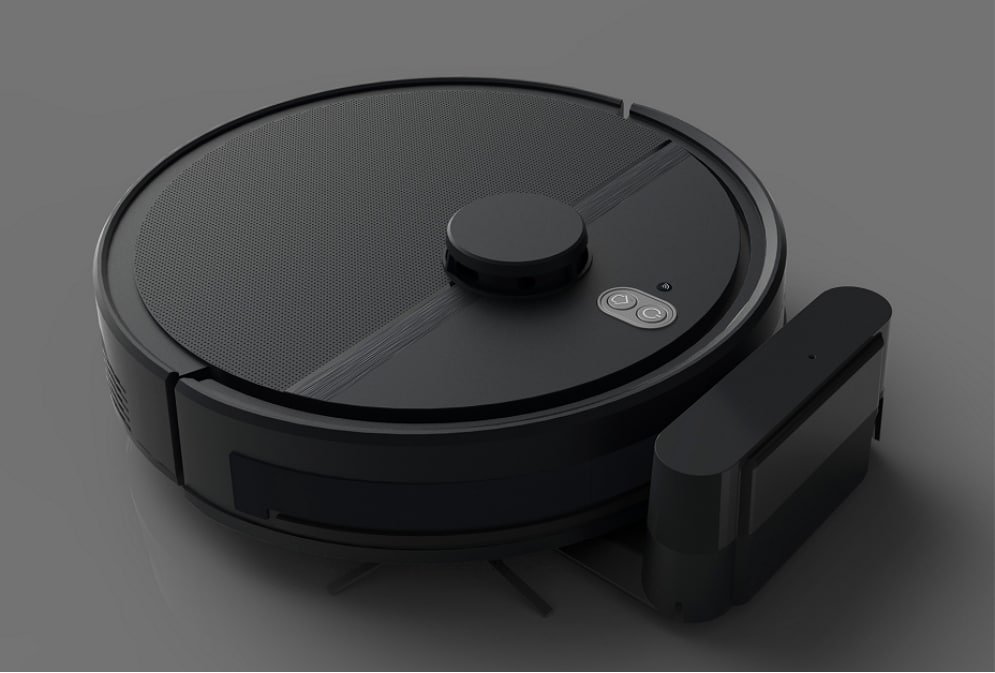For businesses importing home appliances into the United States, the robot vacuum market represents a significant opportunity. American consumers are increasingly adopting smart home devices, but choosing the right products to stock can be challenging. A common question from end-users is, “What is the best vacuum for hardwood floors?” For B2B buyers, the deeper question is how to source reliable, high-performing robot vacuums that meet these specific market demands. Understanding the (working principle of bagless vacuum cleaners) is crucial, as nearly all modern robot vacuums utilize this efficient system. This article will guide you through the process, emphasizing the importance of a reliable supplier and robust supply chain.
Customer Pain Points: Navigating a Competitive Market
U.S. retailers and distributors face several key
challenges:
Product Performance: Stocking units that fail to effectively clean diverse American homes, especially those with pets and hardwood floors.
Quality Consistency: Receiving shipments with inconsistent quality, leading to returns and brand damage.
Technical Complexity: Difficulty explaining features like suction power and navigation to consumers.
Supply Chain Reliability: Facing delays and stockouts due to an inefficient supply chain, missing crucial sales periods.

Solution: Partnering with a Certified Expert
The solution lies in partnering with a specialized supplier that offers more than just products. A partner with ISO certification guarantees that every robot vacuum meets international quality and safety standards. Furthermore, a supplier with a resilient supply chain ensures timely delivery to your warehouses across the U.S. For businesses looking to build a unique brand, OEM services allow for customization, enabling you to create a product line that perfectly answers the question: “What is the best vacuum for hardwood floors?” with your own branded solution. Understanding the core How Bagless Vacuum Cleaners Work—where debris is cycloned into a dustbin without the need for replacement bags—is key to marketing low-maintenance, cost-effective products to American consumers.
Technical Parameters: What to Look For
When evaluating robot vacuums, specific technical parameters are non-negotiable. A trustworthy supplier will provide transparent data on the following:
- Suction Power (Pascals – Pa): Look for models with at least 2500-3000 Pa of suction. This high power is essential for deep cleaning carpets and efficiently pulling debris off hardwood floors without scratching.
- Battery Life & Charging: A minimum of 120 minutes of runtime and automatic recharge-and-resume functionality are standard for the U.S. market.
- Navigation & Smart Features: LiDAR-based navigation is superior for creating accurate home maps. Compatibility with Alexa and Google Assistant is a must-have.
- Dustbin Capacity & Filtration: A large-capacity, easy-to-empty dustbin exemplifies the practical How Bagless Vacuum Cleaners Work. A high-efficiency HEPA filter is critical for allergen-sensitive households.

These specifications, backed by ISO certification, ensure you are stocking products that perform as advertised.
Client Case Study: Success in the U.S. Market
“HomeSmart Distributors,” a mid-sized importer based in Texas, struggled to compete with larger brands. They partnered with us as their primary supplier. Leveraging our flexible OEM services, they launched a private-label robot vacuum specifically marketed as the answer to “What is the best vacuum for hardwood floors?” We ensured their product featured strong suction, a soft roller brush to prevent scratches, and advanced navigation—all supported by our dependable supply chain. Within a year, HomeSmart saw a 50% increase in sales within their regional market, attributing their success to the product quality and our reliable partnership, underpinned by solid ISO certification.



